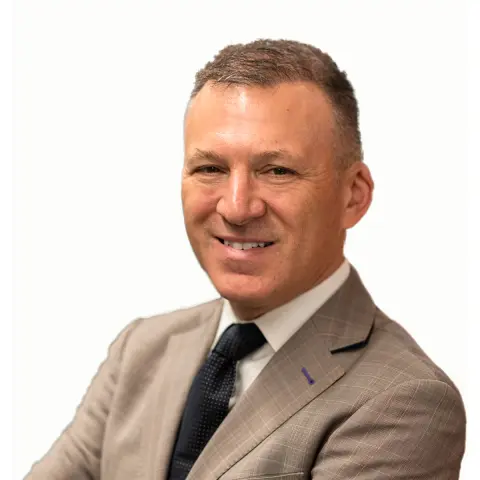It smells like a peak in US market rates
When we hit 2% on the US 10yr we asked what next, and laid out a path to 3%. On hitting 3% we asked the same, and postulated the possibility of approaching 4%. A little over a week ago we hit 3.5%. Various signs suggest that could be the peak. That does not mean we can't get back there, as real rates are still too low and will rise. But if that was not it, we're not far off
Real rates should still rise, and might just take the 10yr Treasury yield back towards the previous high
We are at a point now where the peak seen at 3.5% in the 10yr US Treasury yield a little over a week ago is seeming more and more like a turning point. That does not mean we can’t get back there. But it does mean that indicators are pointing to a scenario where a dramatic break above that level is looking less likely. Nothing is impossible, but here’s the logic:
First, the 5yr has been quietly decompressing on the curve over the past few days. It is now trading at 8.5bp cheap to an interpolated line between the 2yr and the 10yr, and so still in line with a bond bear market. But it is far less cheap than it was (15bp a few weeks back), and it looks like it's on a journey of decompression. It's an early call, but we're paying close attention to the journey it looks to be on. As it decompresses it typically signals a change in the cycle. Now that could change, for example should we see a surprisingly big inflation number and/or an outsized payrolls outcome in the coming weeks. But based on the developing discount, market expectations are pushing against that.
Second, the 10yr breakeven inflation rate has fallen to 2.5%. That was at 3% only a month or so ago. That’s a big change in expectations. The real yield is still too low at 60bp. But even if that rises to the 1% area that we target, that would bring the 10yr Treasury yield back up to its previous high, without taking it out. For it to break above, inflation expectations would need to rise as well. It could happen of course. But then again that’s not the journey that inflation expectations are currently on. In fact, inflation expectations could even fall, muting the impact of higher real yields.
As we’ve said countless times, turning points are difficult to predict, and we’ve identified the third quarter as when the turning point is likely to be. We still think we will have seen one by then, but we’d also note that it might just be from a level not too dissimilar from the 3.5% area seen on the 10yr a little over a week ago.
Watch the system risk. It's fine for now, but there are warning signs
At the same time, it's important to note that price action in the past few days has been remarkable. In fact, it was astonishing in the week or so before that when 20bp moves in both directions were occurring. The move from 3.5% down to 3.1% in the 10yr must be contextualised against that, in the sense that we could journey back up again should we enter a period of "risk-on" in the weeks ahead, or on upsize data surprises. For the latter, we’d watch June payrolls on Friday week, and June CPI the following Thursday.
And a final point on the system. It’s holding up fine here. Forget the elevation in the Ted spread (3mth bills spread to Libor), as that reflects a collapse in bills yields, in turn reflective of a repo market that is being strained to the downside (SOFR now at 6bp below the Fed funds floor as a record USD $2.3tr goes into the Fed's reverse repo window at 1.55%). More importantly, banks are printing 3mth commercial paper at just 15bp over the risk-free rate. This is still quite tight, compared to a long-term average at around 25bp. Hence the system is holding up quite well.
But credit spreads are at stressed levels, signaling an elevation in default rates ahead of us, which is typical of recessionary periods. That in turn will result in a rise in system pressure, elevating bank funding rates relative to the risk-free rate. The market discount is no doubt factoring this, as is the Fed, which needs to get the tightening in before the system creaks. Another reason to suggest we're on the eve of a cycle change.
This publication has been prepared by ING solely for information purposes irrespective of a particular user's means, financial situation or investment objectives. The information does not constitute investment recommendation, and nor is it investment, legal or tax advice or an offer or solicitation to purchase or sell any financial instrument. Read more
Download
Download opinion
Padhraic Garvey, CFA
Padhraic Garvey is the Regional Head of Research, Americas. He's based in New York. His brief spans both developed and emerging markets and he specialises in global rates and macro relative value. He worked for Cambridge Econometrics and ABN Amro before joining ING. He holds a Masters degree in Economics from University College Dublin and is a CFA charterholder.
Padhraic Garvey, CFA
